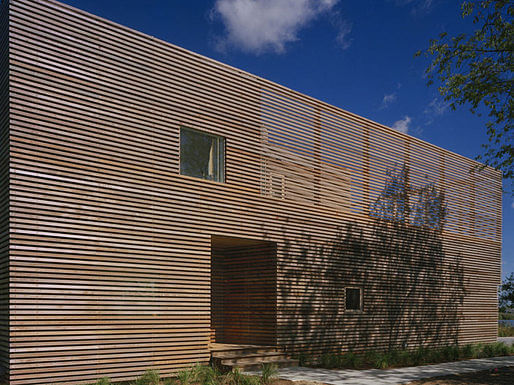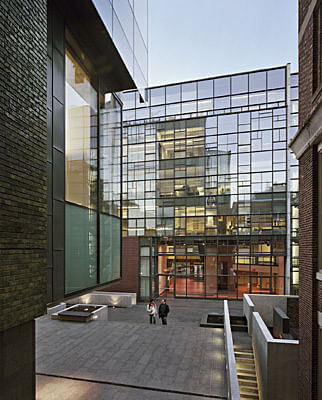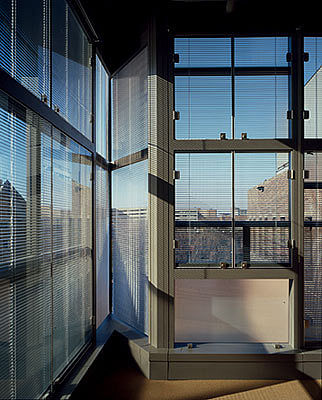
This is a written parti for what you can except from spatial awareness.
I believe that all designers and architects possess a set of influential factors that either consciously or subconsciously affect their design point of view.
I have been a ballet dancer for nearly twenty years and a choreographer for nine. And it is to this that I attribute much of my personal design point of view: the concept of spatial awareness. One of the fundamental principles of any dance discipline is understanding how to use space. This is an understanding of how to create space with the body in a static position; how to carve space with movement; how to occupy the high and low levels of space and air; how to transition between the different levels and between static and mobile actions. As a dance instructor, it has always been one of the most difficult principles to teach. The concept of spatial awareness has subconsciously manifested itself in all of my projects (from undergrad to graduate work to professional work) directly or indirectly. The relationships between objects in space, the adjacency of one object to another, transitions from space to space, the dynamics or contrasts between materials, the human scale of built environments, the creation of open or closed boundaries. All these elements are thoughts that run through my head during each phase of a project I embark on. This blob will be a running conversation on projects that either directly or indirectly speak about or to or around this spatial consciousness.
I've noticed that some of my favorite architects and designers are the ones who to draw attention to spatial consciousness either conceptually or literally spatially.

steven holl's writing with light house:
http://www.stevenholl.com/project-detail.php?type=houses&id=49&page=0


kierantimberlake's melvin j. and claire levine hall at u penn
http://www.kierantimberlake.com/featured_projects/levin_hall_1.html
http://www.kierantimberlake.com/featured_projects/levin_hall_10.html
This post is taken from the forward to my portfolio book which you can view here: http://issuu.com/oakhay/docs/stephanie_sodeke_2013_portfolio
the relationships between objects in space, the adjacency of one object to another, transitions from space to space, the dynamics or contrasts between materials, the human scale of built environments, the creation of open or closed boundaries, etc. etc. etc. . .
2 Comments
I agree with you, what we are is the sum of the experiences accumulated throughout our lives.
True that. I wonder what my design consciousness would be if I'd been born in Colorado near the Rockies and been a mountain climber and skier instead.
Block this user
Are you sure you want to block this user and hide all related comments throughout the site?
Archinect
This is your first comment on Archinect. Your comment will be visible once approved.